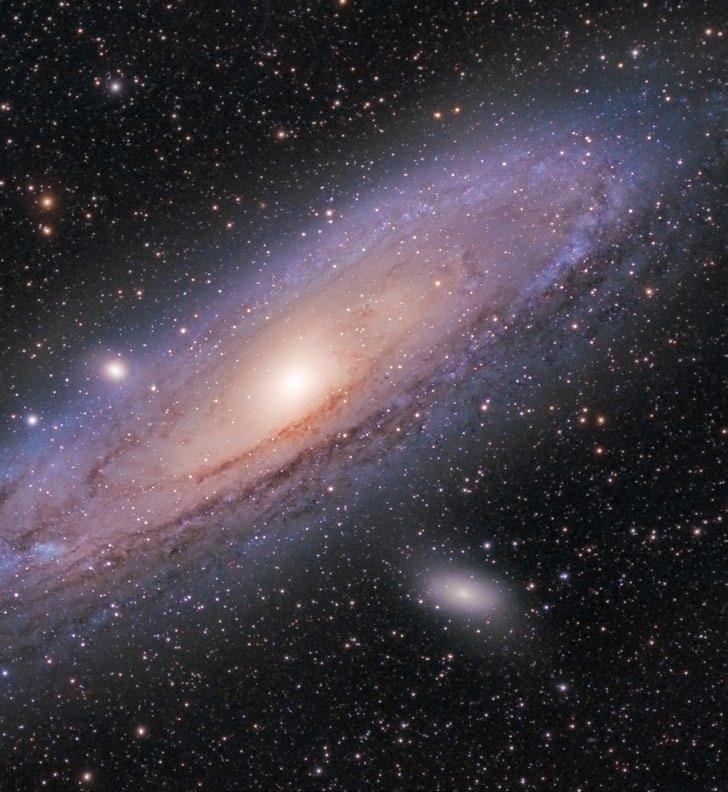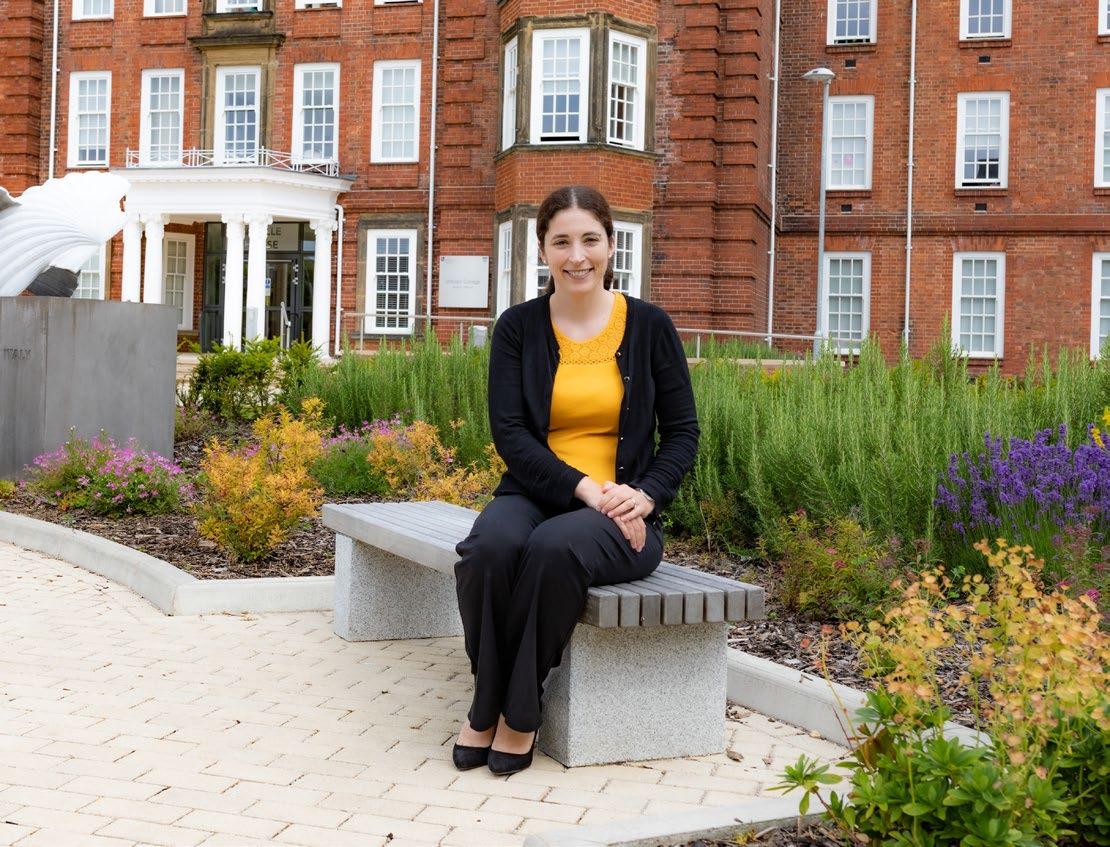The Pantomath
Why is the Medusa male? Globalization and glocalization in RomanoBritish sculpture Chelsea Peer
‘Will coronavirus reverse globalization?’ (Bloom, 2020). A headline from the BBC asked this in April. It exemplifies how this formidable force causing large scale connectedness in economies across the globe has weighed on our minds for the past several decades and even now amid an unprecedented pandemic. Yet, while globalization has largely been an economic and political term, its effects on culture and human interconnectedness have caused it to seep into the thought of the humanities as well, including my area: the archaeology of Roman Britain.
Figure 1 ‘Statue of Isis-Fortuna at The British Museum © The Trustees of the British Museum’.
‘Globalization’ vs ‘Romanization’ Since the early 1900s, the term ‘Romanization’ has dominated the study of Roman Britain (Haverfield, 1905, 1912). In short, Romanization theorises that as Rome exerted influence over its territories, provincial elites strove to emulate their Roman rulers and their acceptance of Roman culture ‘trickled down’ over time into the lower classes. Today, the concept of Romanization is treated with distaste, but scholars have struggled to replace the framework. Versluys has criticised the approach of many Roman Britain scholars for allowing themselves to fall back into the framework of Romanization, rebranding it as globalization without fully moving on from the theory (Versluys, 2015: 146). There has been plenty of condemnation of Romanization, but in a way that is especially unfruitful (Versluys, 2014: 4). In his own work, Versluys proposed a way of looking at the visual material culture of the Roman Mediterranean through the lens of globalization. He argues that a mistake made by previous approaches focussing on acculturation was creating ‘cultural containers like “Egypt”, “Greece” and “Rome”’ (Versluys, 2015: 149). As Versluys puts it: ‘What we need, therefore, is a concept that has x page 20
and y as relative categories that are part of the same cultural container. We need, in other words, a concept in which not linear relations are central, but continuous circularity is’ (Versluys, 2015: 146). As an example, he carries out a short exploration of the goddess Isis and her spread through the Hellenistic and Roman worlds (Figure 1). He writes: ‘she was a Hellenistic, Mediterranean innovation of the old Egyptian Isis and, moreover, that Egyptian
priests themselves played a crucial role in establishing this innovative “translation”’ (Versluys, 2015: 149). She was integral ceremonies opening the Roman seafaring season ‘where “Egyptian” and “Roman” apparently have become synonyms’ (Versluys, 2015: 149). We can thus not talk about an interpretatio graeca or romana of something “Egyptian”’ as all three cultures were involved in the creation of Isis as she existed in the time of Rome (Versluys, 2015: 149). Van Alten takes this angle on globalization and adds to it the concept of glocalization—a process ‘involving the interpretation of the universalization of particularism and the particularization of universalism, the so-called paradox of globalization or the local-global nexus’ (van Alten, 2017: 2). He reiterates Versluys’ conclusion on Isis and argues that glocalization ‘offers perspective, since it is able to study the described religious material not just as solely bottom-up or top-down processes.’ The material culture of the Roman provinces shares characteristics seen throughout the empire ‘which makes it trans-locally recognizable,’ yet ‘locally different’ (van Alten, 2017: 7). Van Alten calls on the arguments of Van Andringa (2002, 2007), whom he writes ‘argues against visions of Roman and native religion as coexisting… because this implies that both religious cultures were static non-changing entities before Roman conquest’ (van Alten, 2017: 7). Rather, religious communication allowed for local communities ‘to express their understanding of their place in a global context and in relation with other local communities’ (van Alten, 2017: 7) which lead to the creation of new communities, establishing ‘new religious expressions in which both local and global interests were combined’ (van Alten, 2017: 7). Both Versluys’ and van Alten’s approaches assert treating postRoman conquest cultural development as catalysts for new creations, and this may
Figure 2 Reconstructive drawing of the Gorgon head at the Temple to Sulis Minerva at Bath. (From Jackson, 1913: pl. 133)










